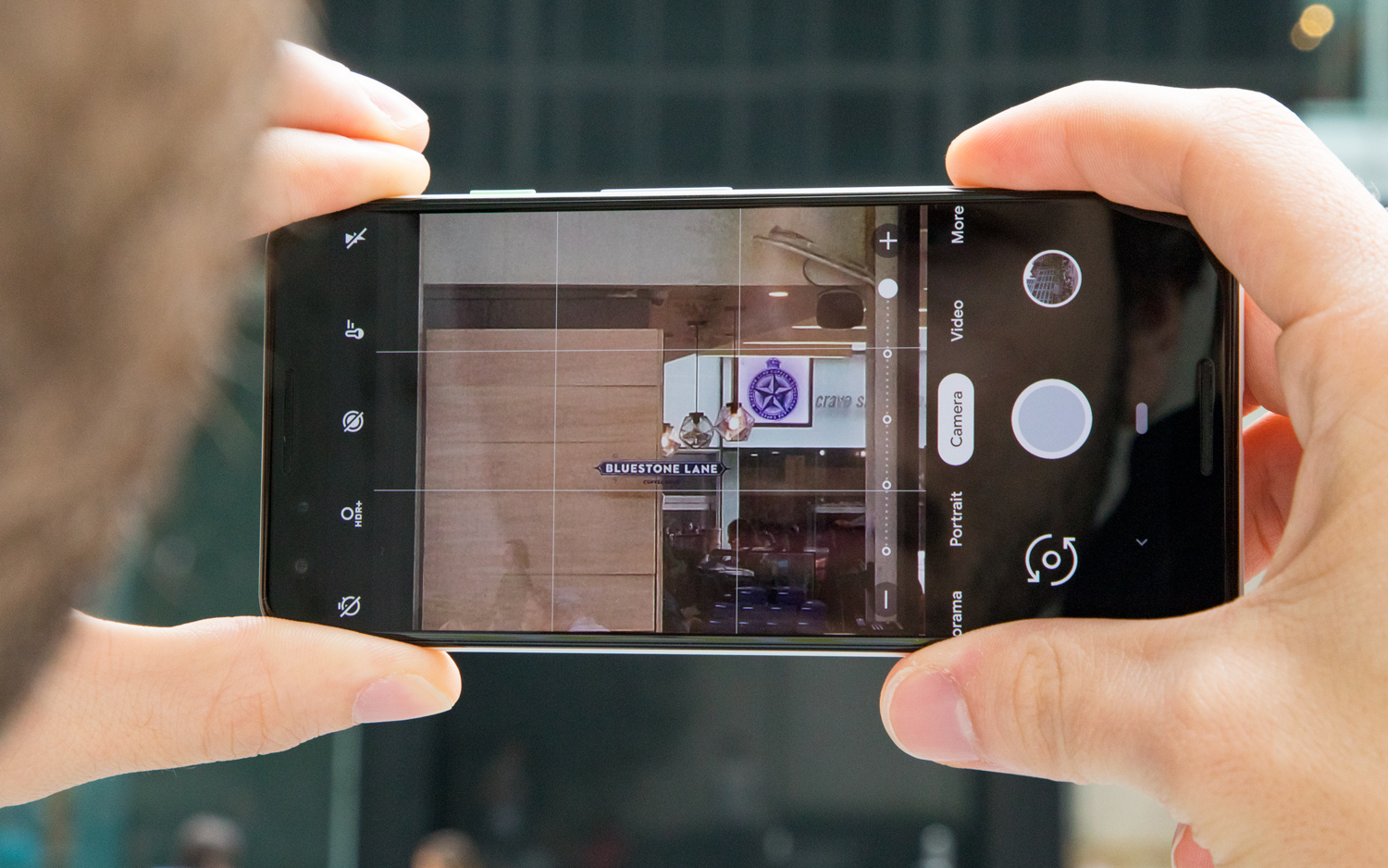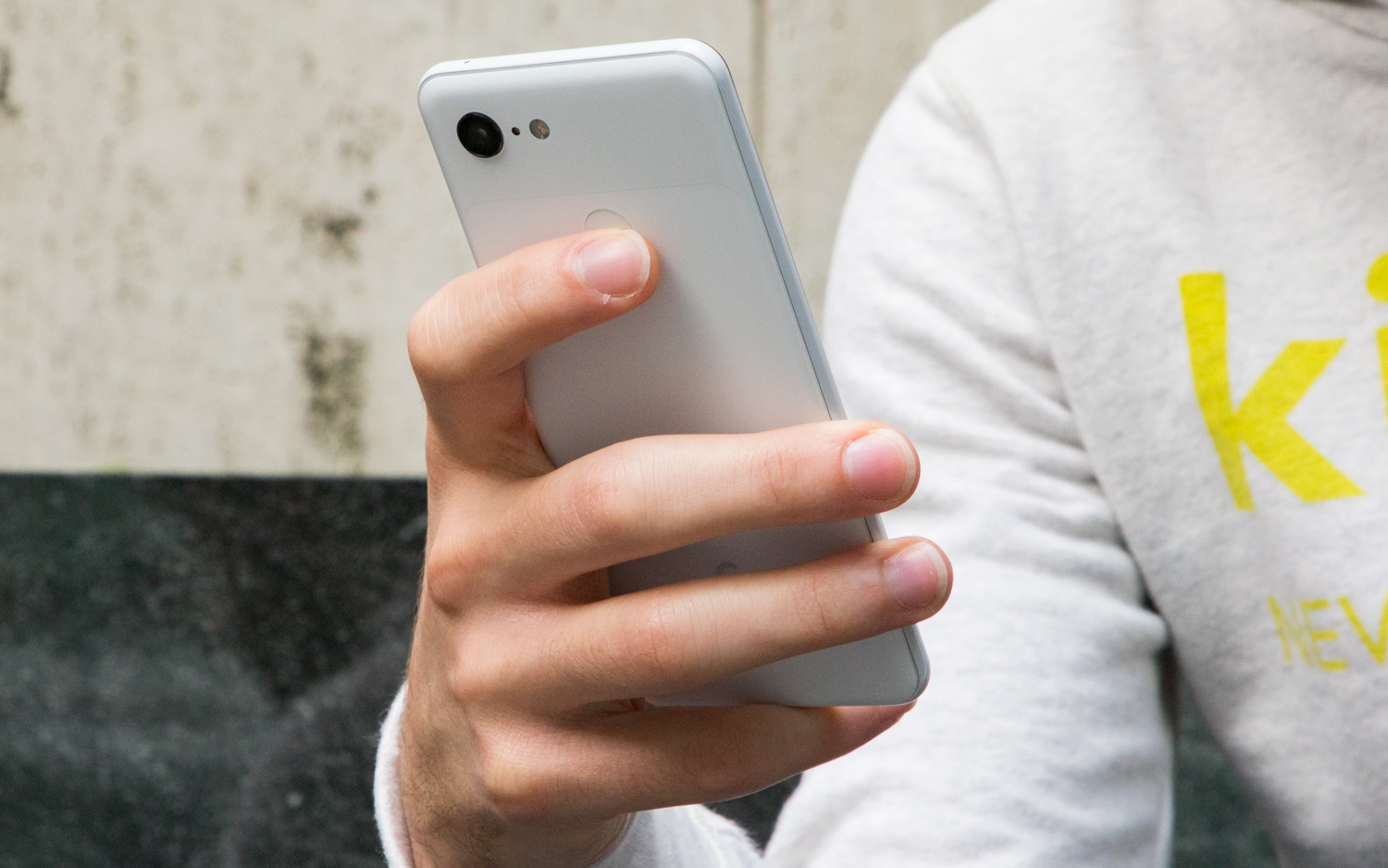Which Camera Phone Has the Best Zoom?
Smartphone cameras have seen remarkable advances in recent years, though not all forms of zoom are built the same.
Smartphone cameras are officially out of control. Not too long ago, the prospect of a handset with a dual-lens camera seemed ridiculous. Then, Apple introduced the iPhone 7 Plus in 2016, and everything changed.

Today, triple-camera phones are becoming more common — LG's V40 ThinQ has three rear cameras, as do Huawei's recent flagship devices, including the new Mate 20 Pro. And it doesn't look as if phone makers will stop there. Samsung has introduced a four-lens module with its midrange Galaxy A9, and leaked images of the Nokia 9 purporting to show a spider-like five-sensor arrangement.
But more lenses alone don't necessarily make a great phone camera. That's dependent on a number of factors, including the design of the optics, quality and size of the sensors and strength of the manufacturer's software algorithms.
It turns out there are many different ways to build a camera — even in a device as space-limited as a phone. And the various approaches phone makers have taken with the zoom capabilities of their devices are emblematic of that.
MORE: Best Smartphone Cameras Available Right Now
Some devices offer an optical zoom, while others make do with a digital zoom. But what does that distinction really mean? And how do dual cameras factor into the equation? Here's a deeper look at what's going on behind the scenes every time you zoom in, and which phones are best equipped for close-ups.
Zoom types explained
Why you can trust Tom's Guide
Let's start with the two types of zoom: digital and optical. Digital is what you'll find in most phones. There, the a portion of the existing feed from the camera is being cropped in on, or enlarged. In contrast, optical zoom (at least in the conventional sense) means movable lenses with changeable focal lengths that can achieve different perspectives with no loss of detail.

However, optical zoom is a little different as it pertains to phones. Because mobile camera stacks lack the space or mechanisms to move, optical zoom in a phone usually just means a different lens with another fixed focal length (often the telephoto that some models use to deliver Portrait Mode effects). That telephoto lens offers a narrower field-of-view compared with the standard lens, which is relatively wide. The iPhone XS, the XS Max, the Galaxy S9+ and the Note 9 are all examples of phones that employ this form of optical zoom.

Recently, though, some phone makers have opted for a different tactic, either for devices that neglect to offer a second lens (such as the Pixel 3 and 3 XL) or do include multiple lenses, albeit with identical focal lengths (such as the OnePlus 6T). These handsets rely on software to enhance the accuracy and sharpness of digital zoom. Depending on the quality of the software, the results can occasionally rival those captured using a phone fitted with optical zoom.

The best example of this type of zoom-enhancing technology is the Super Res Zoom feature found in Google's most recent Pixel phones. An entry on Google's AI Blog goes into fascinating detail to explain precisely how Super Res Zoom works. But in layman's terms, whereas two-thirds of any image captured with a digital camera is technically a reconstruction, Super Res Zoom uses natural hand motion to fill in some of those gaps on the image sensor that ordinarily wouldn't capture certain color values. The result is digitally zoomed photos that are more detailed than those captured by conventionally cropping.
Comparing the results
Given the choice between optical zoom and even the most souped-up form of digital zoom, you're going to want to take the former. There's simply no replacement for optics. That said, it's astonishing how well some hardware manufacturers have closed the gap with their digital- zoom technologies.
Take this comparison between the iPhone XS' optical zoom and the Pixel 3's Super Res Zoom, for example. Google's phone delivers a shot that's a bit noisier in the darker regions, but many of the details — from the fabric on the bird, to the carvings in the pine cone, remain. Of course, each device approaches the challenge of lighting this scene differently, which makes it a bit difficult to suss out differences in zoom quality alone. Nevertheless, you probably wouldn't realize the Pixel 3 was working with a wide-angle lens if these images weren't labeled.
On the other end of the spectrum, this side-by-side between the dual-lens Note 9 and single-lens iPhone XR taken at historic Washington's Crossing State Park in New Jersey illustrates the massive gulf between an optical solution and a pure-and-simple digital zoom, without any software to clean up the frame. The Note 9 cuts right through the snow and renders each letter on the dedication with remarkable clarity, whereas the iPhone XR stumbles with an overall blurrier and underexposed shot that resembles a JPEG blown-up in Photoshop.
Ever since OnePlus moved from a telephoto secondary lens in the OnePlus 5 to a wide-angle one in the OnePlus 5T, the phone maker has had to rely on software to do the heavy lifting and make its 2x digitally zoomed photos look as clean as possible. We can see here that the OnePlus 6T, the company's latest smartphone, does an admirable job of keeping pace with the telephoto camera in the iPhone XS. If you look really closely, certain details — like the suspension beams of the bridge and the green traffic light — are a bit sharper through the iPhone XS' lens, but the difference isn't drastic.
Bottom Line
If having a camera with the most accurate zoom is important to you, we recommend the iPhone XS or the XS Max. The telephoto lens is irreplaceable, and in all other aspects, the iPhone XS is an excellent mobile shooter, to boot.
If you're on the Android side of the fence, you can't go wrong with the Galaxy Note 9 — a handset that also happens to be almost untouchable in low light. The Galaxy S9+ has an almost identical pair of cameras, making it a formidable stand-in for Samsung's 6.4-inch phablet, especially if you're hunting for something a bit more pocketable and a bit less expensive.

However, don't discount digital zoom. When done right, it can certainly hold its own against the telephoto crowd, as the OnePlus 6T and the Pixel 3 and 3 XL demonstrate. Google's latest flagships, in particular, are currently reigning as our favorite smartphone cameras overall, and with the recent addition of Night Sight mode, they're set to become even better.
The iPhone XR bears the unfortunate distinction of having a really, really great camera — albeit one that is under-equipped when it comes to digital zoom. Apple's $749 offering desperately needs clever software-tuning to make its 2x shots at least comparable with those that OnePlus and Google are churning out.
Credit: Tom's Guide
Get instant access to breaking news, the hottest reviews, great deals and helpful tips.
Adam Ismail is a staff writer at Jalopnik and previously worked on Tom's Guide covering smartphones, car tech and gaming. His love for all things mobile began with the original Motorola Droid; since then he’s owned a variety of Android and iOS-powered handsets, refusing to stay loyal to one platform. His work has also appeared on Digital Trends and GTPlanet. When he’s not fiddling with the latest devices, he’s at an indie pop show, recording a podcast or playing Sega Dreamcast.
-
nateliv IMHO the 950(xl) is great, best IQ, but you are limited app wise with Windows, best Android camera is Pixel at present, with U11, S8, G6 etc just behind but still great.Reply
Bluestacks TextNow VPN
